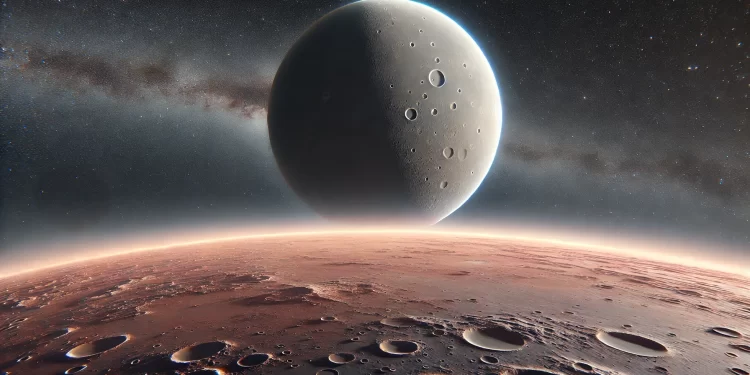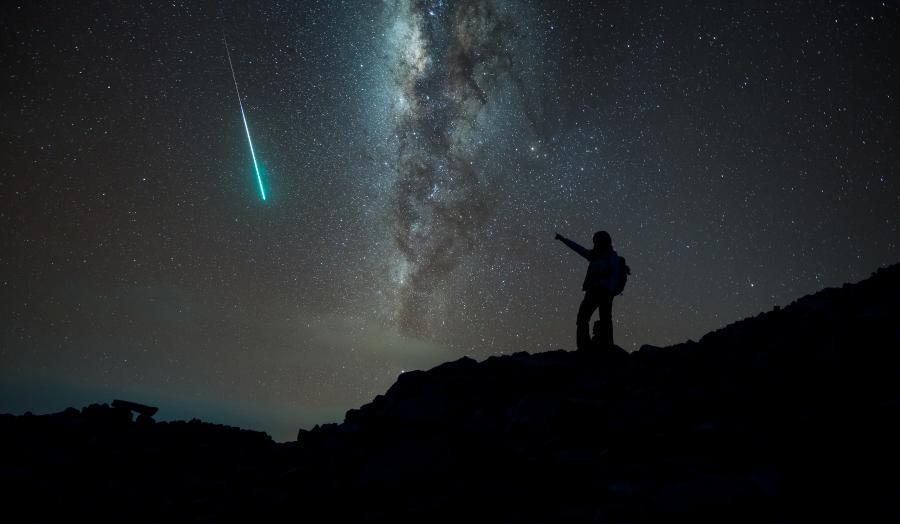Mars stands out in our solar system due to its unique ellipsoidal shape, with different dimensions along each of its axes. Though it currently has two small moons, there may have once been a much larger moon that significantly influenced the planet’s surface. This theory, proposed by astronomer Michael Efroimsky from the U.S. Naval Observatory, suggests that a long-lost Martian moon, possibly named Nerio, played a crucial role in shaping the planet’s rugged terrain, including its towering highlands and deep valleys.
Mars’ Extraordinary Landscape
Mars is renowned for its extreme geological features, such as the Tharsis bulge, a massive volcanic region spanning 5,000 kilometers across and rising up to 7 kilometers high. On the other side of the planet lies Terra Sabaea, another highland area, as well as Syrtis Major, a colossal shield volcano. These extraordinary features have long puzzled scientists, but Efroimsky’s theory offers a possible explanation. He proposes that Mars’ ancient moon could have raised tides in the planet’s molten magma, much like how Earth’s moon raises tides in the oceans.
This tidal interaction, Efroimsky argues, might have caused Mars’ crust to stretch and buckle, ultimately shaping its landscape. A study on the subject was published on arXiv, providing new insights into Mars’ geological evolution.
The Mystery of Nerio’s Disappearance
But what happened to Nerio, if it ever existed? Efroimsky speculates that this moon could have been destroyed by a massive collision or perhaps flung out of the solar system due to gravitational forces. In the chaotic early days of the solar system, such events were common. However, there is no direct evidence, such as impact crater chains, that point to this scenario on Mars. Over time, geological processes on Mars may have erased any traces of this once-prominent moon.
Though the idea remains speculative, the theory opens the door for future research. Efroimsky urges continued investigation to uncover potential clues about Nerio and how its presence may have shaped Mars’ remarkable terrain.
A Window Into Mars’ Past and Future
Understanding whether Mars once had a moon like Nerio could provide valuable insight into the planet’s geological past, as well as its future exploration potential. If this moon existed, its impact on Mars’ surface might have also affected the planet’s habitability, shaping not only its landscape but possibly its atmosphere as well. Could the remnants of this ancient moon still be buried beneath the surface, waiting to be uncovered? Only future missions to Mars, such as the planned Mars Sample Return Mission, may hold the key to solving this puzzle.
As scientists continue to study Mars’ terrain and its intriguing features, one thing is clear: the Red Planet still has many secrets left to reveal. What do you think about the possibility of Mars once having a large moon? Could such a discovery rewrite our understanding of the planet’s history? Let us know your thoughts as we continue to explore the many mysteries of Mars.










